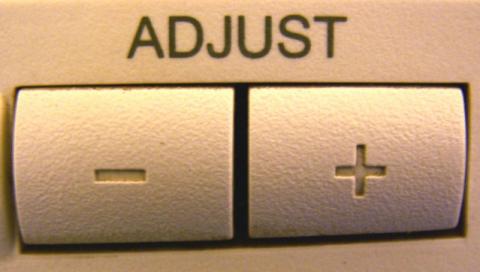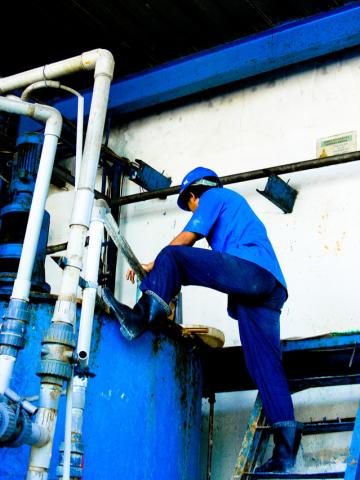Back to the Basics: Interlocks Between Calibration and Control System
Where an analyzer’s signal controls the ventilation rate, it is particularly important to prevent a false control system during the “zero” portion of calibration, where zero gas is injected to the analyzer, forcing the analyzer’s signal to 0% LFL.
This would force the control system to reduce ventilation to an unsafe level, since the analyzer, for the duration of the zero calibration, reports a false low solvent concentration.










